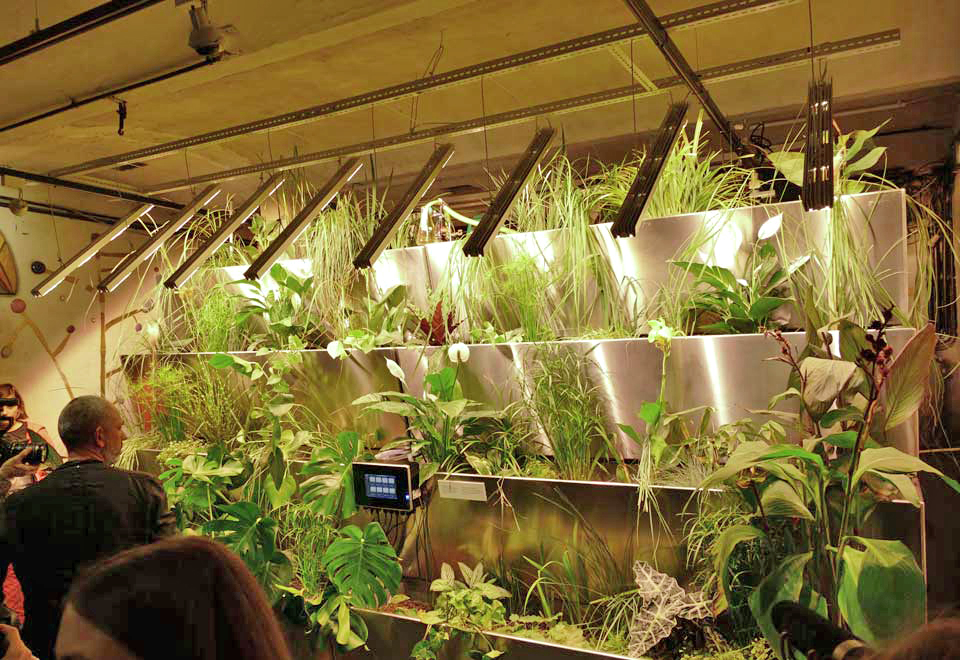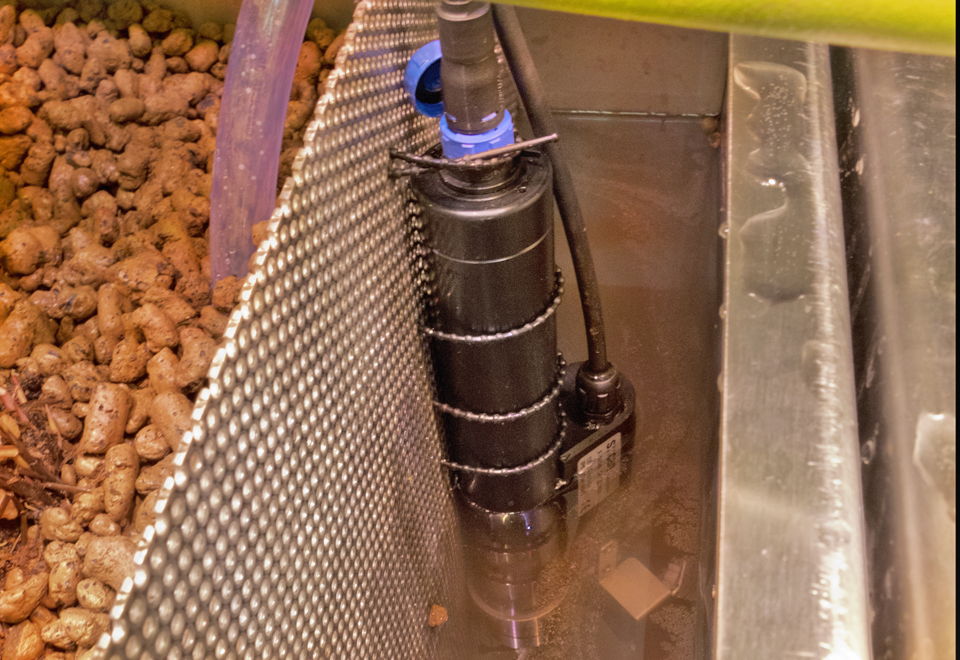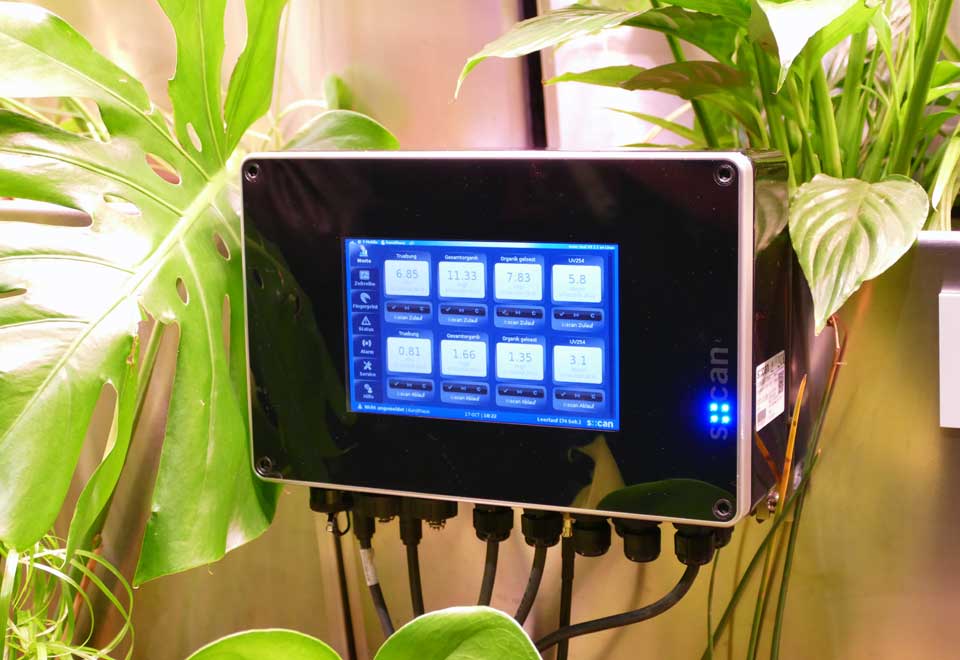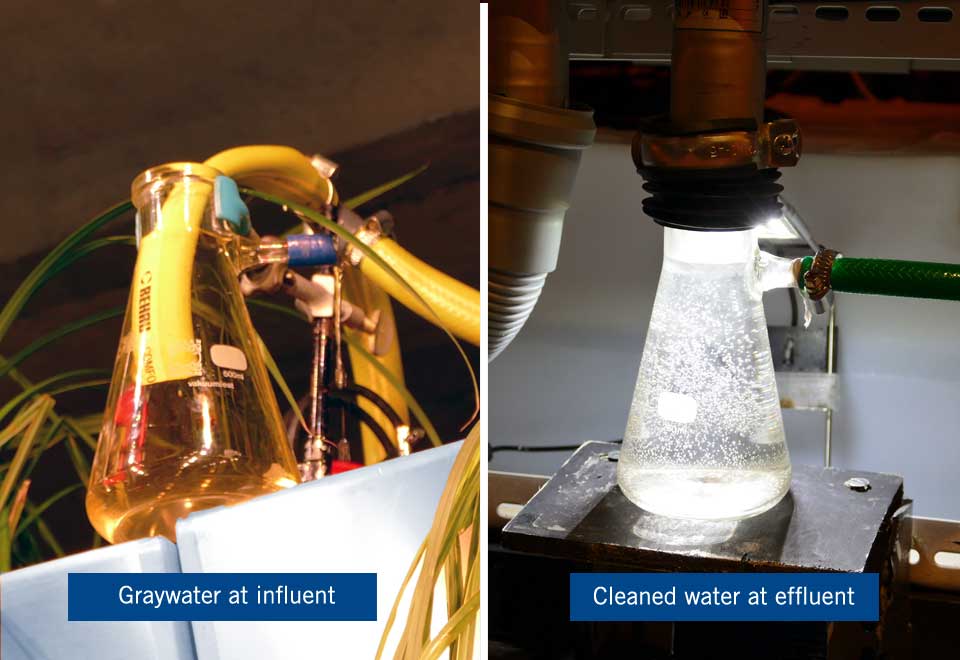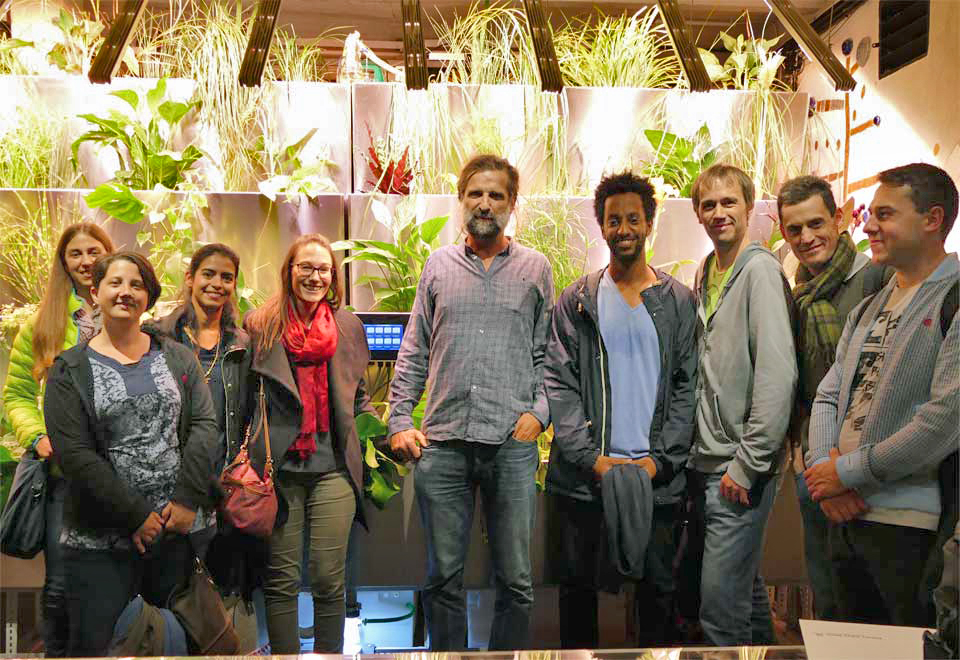A third of the world’s population has no access to sanitation facilities, which has a negative effect on general hygiene and leads to water contamination. This is why the Viennese design studio EOOS has been working on innovative toilet concepts that are economically viable and environmentally sustainable for many years. Together with the Viennese research institute Eawag, they have designed a public urinal, which cleans itself by means of marsh plants.
Innovative organic toilet with s::can sensors
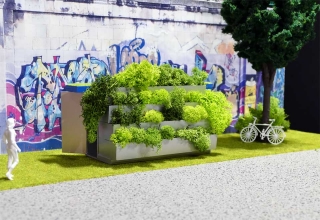
Details
Cooperation with Kunst Haus Wien
KUNST HAUS WIEN invited EOOS to present their research material with information, photographs and objects about the idea and use of plant-based purification systems for urinals in the context of an exhibition. The use of marsh plants is not a new: The designer of the Kunst Haus, Friedensreich Hundertwasser (1928-2000) has already studied plant-based wastewater purification extensively and installed toilets in his homes and studios that used aquatic plants to purify water. Among others, EOOS used the documents from Hundertwasser archives as a research basis.
The self-sufficient urinal
The heart of the exhibition is the prototype of a self-sufficient urinal that uses plant-based purification technology for public spaces. From the front, it looks like a beautifully designed mini garden, but there is much more in the green house. Behind the green wall is a small room where the unisex urinal stands. After the visitor has relieved himself, the wastewater together with urine is directed to the upper end of wetland. It runs through three levels, which are equipped with marsh plants. The plants absorb any substances from the urine and thereby clean the wastewater.
Monitoring graywater
To observe and ensure the water purification, two i::scans were installed in the toilet facilities. An i::scan is located in the influent, where the graywater flows in and measures the water quality there. The second sensor is located in the drain where the purified water comes out. A con::cube terminal is used to monitor and to visualize the water quality and how well the organic waste water treatment plant has cleaned the water. The observed values are compared and allow reporting how much the water has been purified.
Following the exhibition EOOS has made it its goal to install this prototype in public space.
The exhibition runs until 13.01.2019 and offers interesting program items:
- Sa, 17.11.18, 3 p.m.: World Toilet Day: Exhibition tour with mulled wine guided by Harald Gründl, EOOS
- Sa, 15.12.18., 10 a.m. – 6 p.m.: Special program in context of the 90th birthday of Friedensreich Hundertwasser
The prototype of the urinal with a built-up sewage treatment plant can be seen in the garage of the Kunsthaus Wien until January 13th. You can visit the EOOS.Liquid Gold Exhibiton everyday from 10am-6pm for free.
KUNST HAUS WIEN
Untere Weißgerberstraße 13
1030 Vienna
